Elephant migrations in Africa
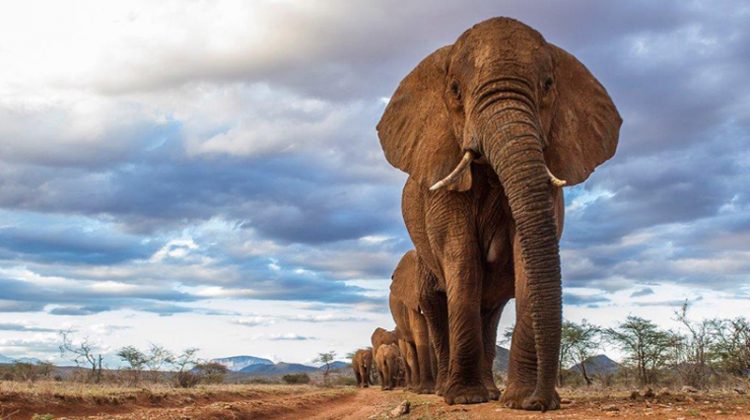
Elephants are some of Africa’s greatest migrants, and for centuries they have been known to move vast distances between favoured sources of seasonal food and water. Many of the continent’s largest escarpments and mountains have been mapped by elephants over the millennia, and their ancient pathways have often been used for human roads. Motorists could rely on the fact that elephants would invariably find the easiest route to the top of any obstruction.
Nowadays elephants’ ranges are a bit more limited. They cannot roam as freely as they did even 50 years ago due to population and fences, but there are several places where you can witness their wanderings.
Elephant migrations in Kenya
In Samburu in Kenya’s north, the elephants come and go all year, although families with very young calves tend not to move far. Numerous older bulls range as far as the forests on Mount Kenya and the remote and undisturbed mountains of the Mathews and Ndoto ranges.
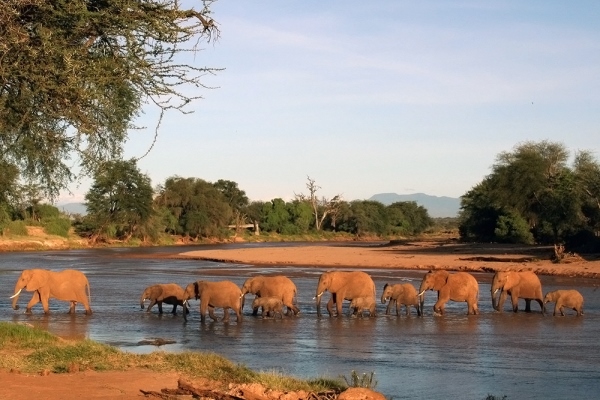
Elephants crossing the river at sunset, Samburu, Kenya, Save The Elephants
When it gets very dry the elephants tend to return to the Ewaso Ngiro River, which flows through Samburu. Those who head for Mt Kenya do not have such a problem with water and tend to just return for breeding.
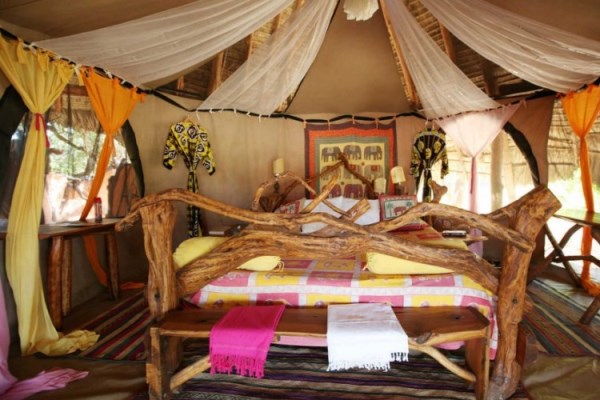
Rustic decor in the Elephant Watch Camp bedroom, Samburu, Kenya
Nearby Elephant Watch Camp, home of the Douglas-Hamilton clan and Saba Douglas-Hamilton herself, is a terrific camp to stay in this area to experience elephant interaction.
Elephant migrations in Tanzania
Tarangire National Park in Tanzania has a good year round supply of water, even late in the dry season, something unusual in this part of East Africa. The water attracts elephant from across the Masai Steppe and as far afield as Amboseli in Kenya, some 100 miles away.
They congregate in the acacia woodlands surrounding the extensive swamps along the course of the Tarangire River, taking advantage of the good sources of food and water on offer. Once the rains begin in November, their need for space and fresh food supplies drives them to leave the park, and dissipate across the Masai Steppe once more.
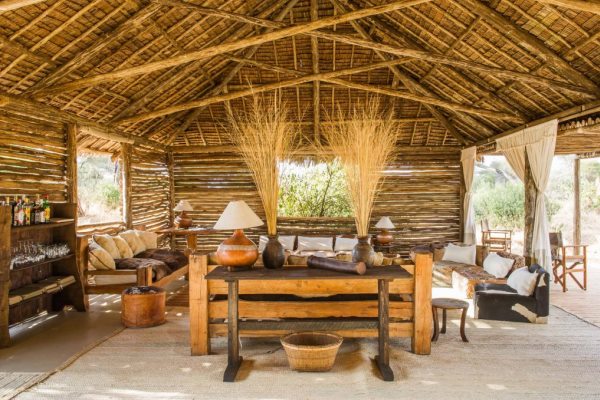
Lounge and safari bar, Kuro Tarangire, Tarangire, Tanzania, Nomad Tanzania
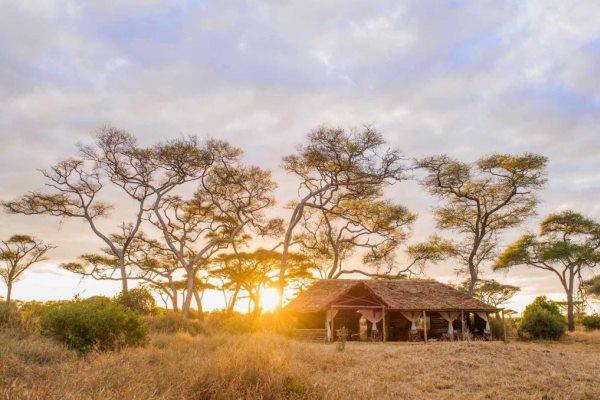
Safari dawn at Kuro Tarangire, Tarangire, Tanzania, Nomad Tanzania
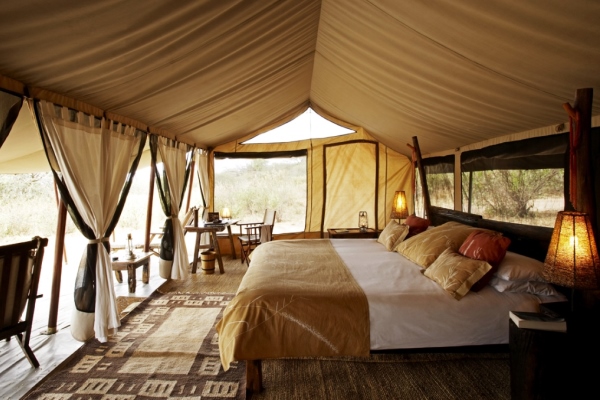
Luxury safari suite bedroom at Oliver’s Camp, Tarangire, Tanzania, Asilia Africa
Oliver’s Camp and Kuro Tarangire are both near to the watercourse and as such provide excellent elephant viewing.
Elephant migrations in Zimbabwe and northern Botswana
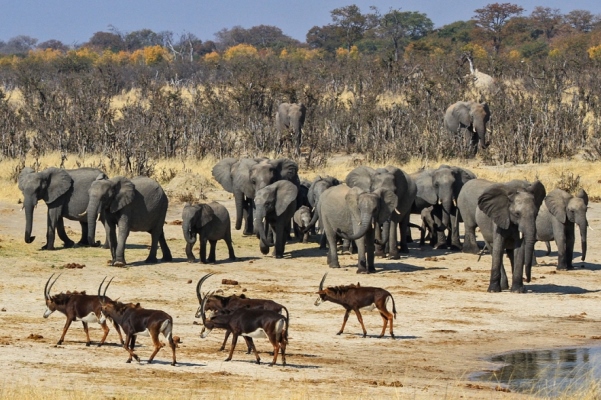
Elephants and sable, Hwange, Zimbabwe, image Mark Butcher Imvelo Lodges
The elephant population in Zimbabwe and northern Botswana is one of the largest extant anywhere, numbering more than 100,000, and there is a gentle migration between the arid Hwange National Park in Zimbabwe, and the Chobe River in Botswana. It’s a gradual drift of animals rather than a mass migration, with bulls always on the move and family groups searching for food and water when the land dries out.
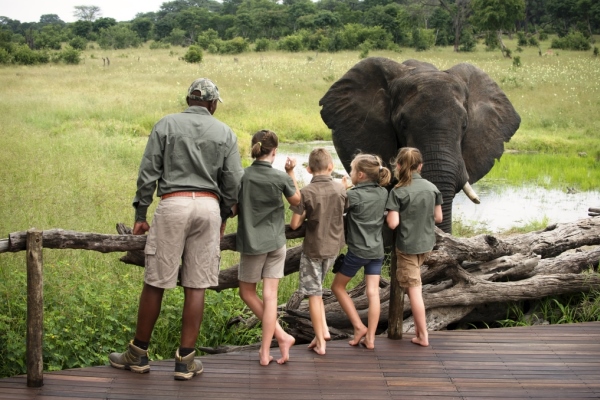
Children learning on a family safari, Somalisa Camp, Hwange, Zimbabwe, African Bush Camps
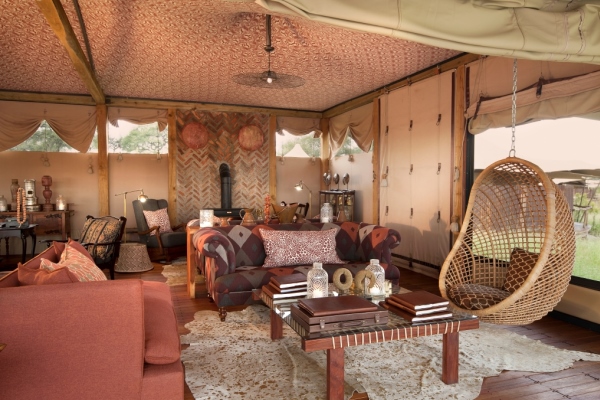
Safari lounge at Somalisa Camp, Hwange, Zimbabwe, African Bush Camps
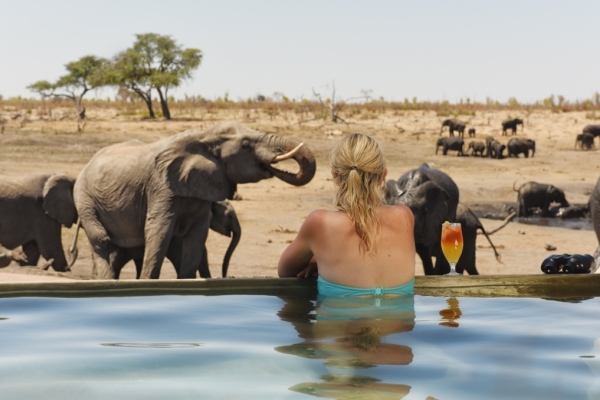
Elephant watering hole and swimming pool, Somalisa Camp, Hwange, Zimbabwe, African Bush Camps

A perfect base for elephant safaris, Chobe Under Canvas, Chobe, Botswana, &Beyond
Somalisa Camp in Hwange is famous for the elephants that come to drink from its dedicated ‘elephant swimming pool’, and Chobe Under Canvas in Botswana is a great base from those hoping to see elephants in Botswana.
Any questions?
If you’ve got this far and not found an answer to a question you have that we should have included, please ask in the comments section below, or pop us an email. We’ll be sure to reply and may amend the article to include our answer.
What next?
We would be delighted to help you plan a holiday, or answer any questions if you’re at an earlier stage. Our team of experts have travelled widely throughout Africa. They can offer expert advice on every type of safari from family and beach holidays to riding and primate safaris. If you would like to talk to someone who has been there and done it, please just send us an email or give us a call.
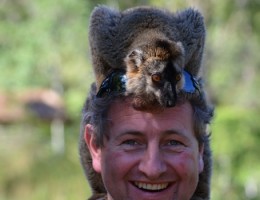
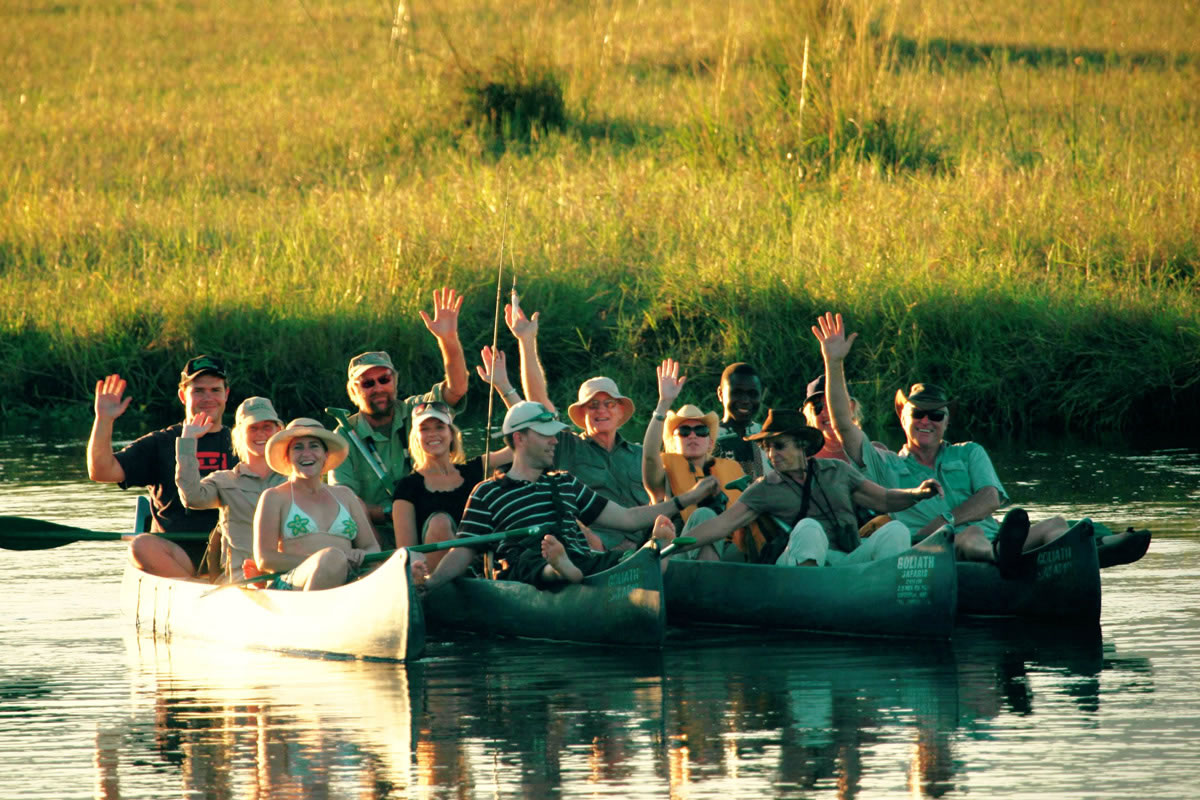
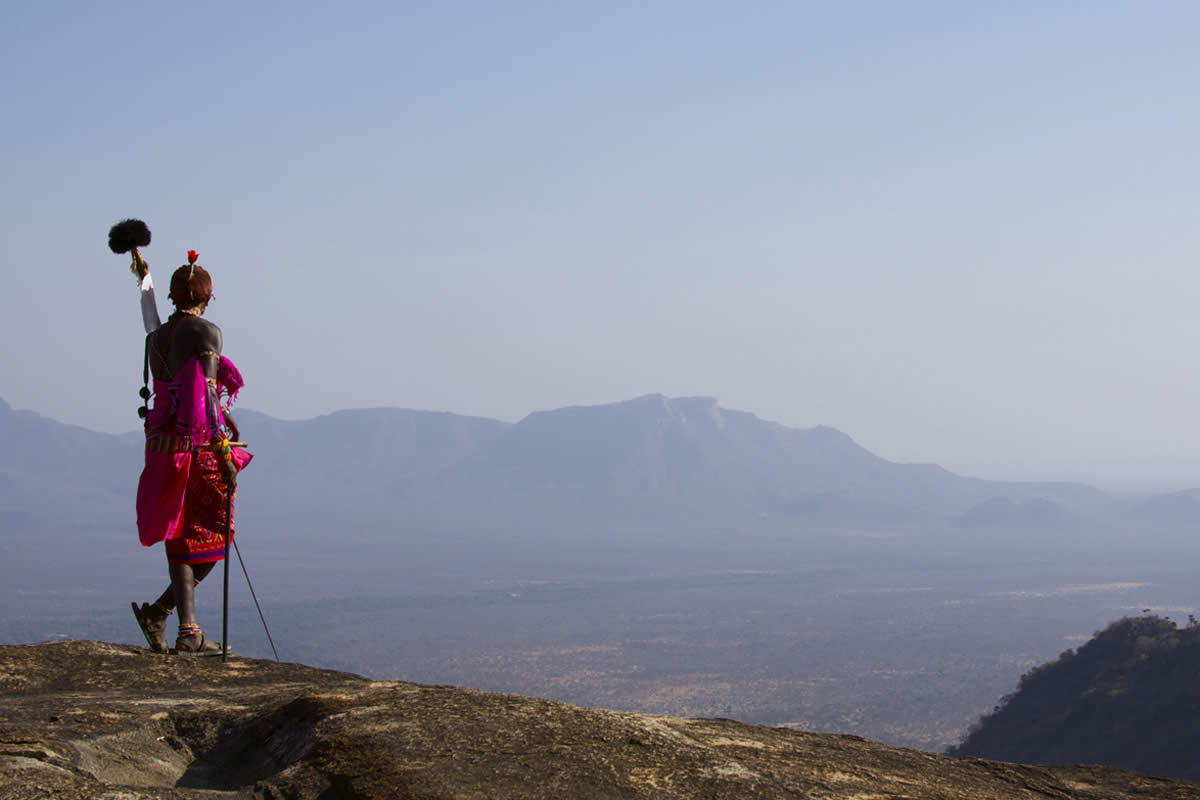
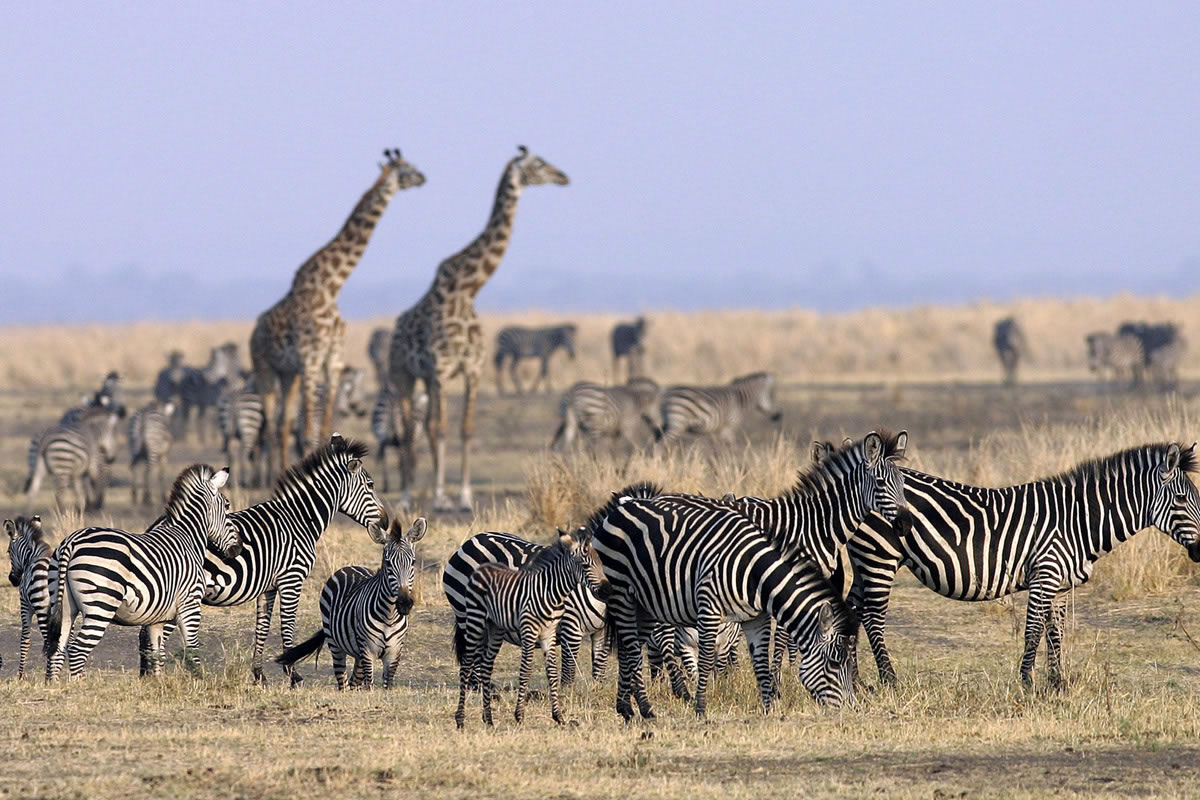

What about the migration of elephants coming from the Kalahari to Chobe and after that is recorded in the film presented by Barthelemy Fougas and Jacques Perrin fined by Thiery Machado and text of Stephane Durand “La unit des elephants”, the night of the elephants?
Any scientific study or book available on this migration ?
Your article is very interesting but to my view incomplete.
Daniel Zeldine , retired French diplomat
Thanks for your question. Francis has out together his thoughts on elephant movements in Botswana and its surrounding countries:
Apart from the Makgadikgadi Pans and Nxai Pans, the Kalahari is not traditionally an elephant habitat. It is too arid for elephant and other water dependent species like buffalo, and there is very little surface water available for most of the year. Even the Boteti River, which flows down the western border of the Makgadikgadi Pans National Park, does not flow every year, and during dry seasons the elephant return to the Okavango Delta.
Historically, large numbers of elephants have migrated back and forth across the land that straddles the borders of Botswana, Zambia, Zimbabwe, Angola and Namibia, an area with a lot of water thanks to the Zambezi and Kwando-Linyanti-Chobe Rivers and the extensive woodland and floodplains in the region.
As human populations have grown, elephant populations have been pushed into smaller areas to avoid conflict with humans. The cross border migration into Zambia and Angola has declined significantly, because of the rise in human population in this fertile and well-watered region, and as a result more elephants are venturing further south into land they do not know well in search of food, water, and space, tentatively exploring places that they do not have a long history of knowledge about. This includes the Central Kalahari Game Reserve, and also the country to the west of the Okavango Delta, towards the Namibia border.
Although a few breeding herds have been seen in the CKGR, I think it would be inaccurate to describe the occasional sightings reported so far as a migration, as the latter implies something that is regular. If rainfall increases in the Kalahari, more elephant might decide to make the seasonal journey out there, but for now it is a very short term option for them as the accessible water supplies are so limited.